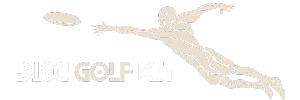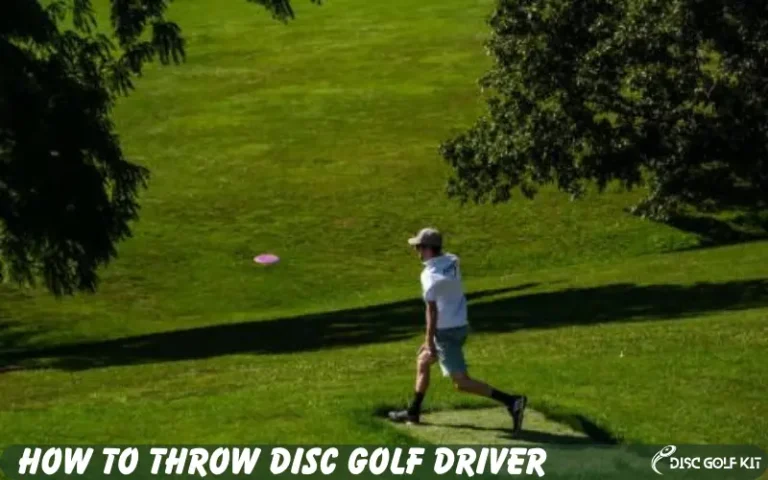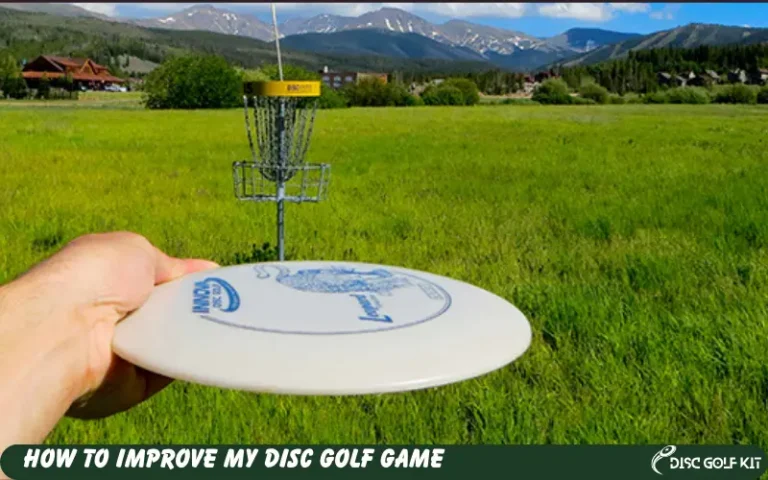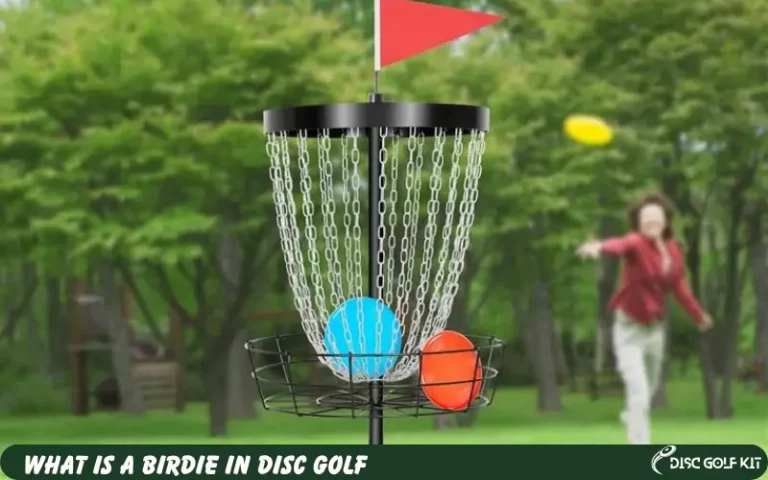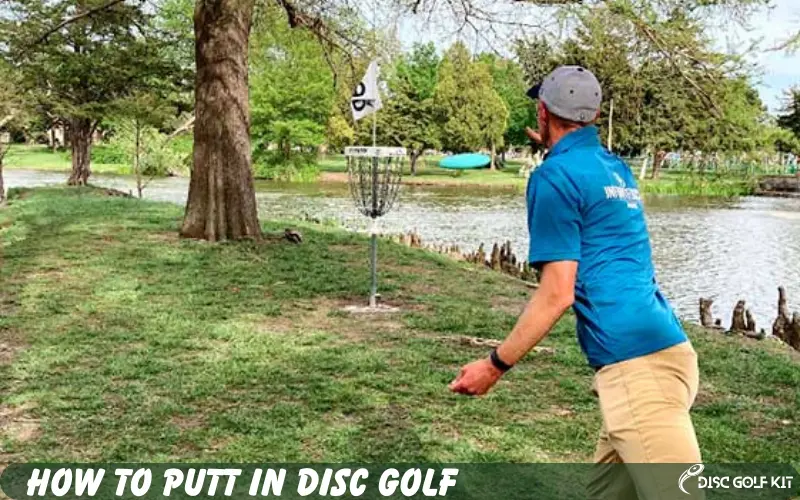
Putting is crucial in disc golf would be an understatement. The cornerstone can either uplift your game or become a stumbling block. Putting impacts your score influences your mental game, and requires a blend of physical and psychological finesse. Putting in disc golf can often be the most challenging part of the game. But don’t worry; you’re about to delve into a comprehensive guide that will equip you with everything you need to master putting in disc golf. By the end of this article, you’ll not only understand the different types of putts but also the techniques, the right disc choices, and the mental hacks to get that disc into the basket consistently.
How To Putt In Disc Golf Overview
We’ve all felt that momentary high of a fantastic drive, the disc soaring through the air and landing near the basket. But then, the real challenge begins the putt. The few feet separating your disc from the basket can seem like miles, and all too often, that short distance can ruin an otherwise perfect game. If you find yourself consistently missing those crucial putts, you’re not alone, and you’re also in the right place.
This comprehensive guide will offer you every tool you need to master to learn how to putt in Disc Golf, transforming this frustrating aspect of the game into your strong suit. By the end of this article, you’ll have a firm grasp of techniques, strategies, and mental approaches to ensure that your disc finds its way into the basket every time. Stay with us as we dive deep into the world of putting in disc golf, making it less of an enigma and more of your strong suit.

Disc Golf Putting Technique
Following are some tips and technique for how to putt in Disc Golf:
How to Hold the Disc
As you pick up the disc, you realize that how you hold it could make or break your putt. There’s a fine line between gripping it too tightly, which can cause the disc to wobble and veer off course, and holding it too loosely, risking an unintended release. The key here is a firm yet relaxed grip.
How To Putt In Disc Golf
If you’re doing a standard putt, your feet are about shoulder-width apart, knees slightly bent. Your weight shifts to the balls of your feet, and you feel an athletic readiness seeping into your muscles. You line up your shoulders with the target, creating an imaginary line between you, the disc, and the basket.
For specialized putts like the straddle, you spread your legs wide and align your feet with the basket, ensuring that your core and lower body are engaged to generate power and maintain balance.
How to Spin Putt
You align yourself with the basket, and you feel the disc in your hand. This time, you’re going for a spin putt. Your grip changes slightly—thumb pressing down on top, fingers gripping the underside, and the index finger along the outer edge to guide the spin. You’re focusing on putting a lot of spin on this disc, giving it the gyroscopic stability it needs for longer distances or windy conditions.
As you prepare to throw, you draw the disc close to your body. Your eyes lock onto a single chain in the basket—the target. With a deep breath, you engage your core and rotate your hips back slightly, keeping the disc level. You unleash the throw, snapping your wrist firmly at the end, imparting that essential spin. The disc cuts through the air, guided by its own gyroscopic forces, and you hear that satisfying “clang” as it hits the target. You’ve just executed a perfect spin putt.
How to Push Putt
The basket is closer this time, and you don’t need the theatrics of a spin putt. Instead, you’re going for a reliable, straight-as-an-arrow push putt. The grip remains much the same as before, but your focus shifts from spinning the disc to pushing it along a linear path.
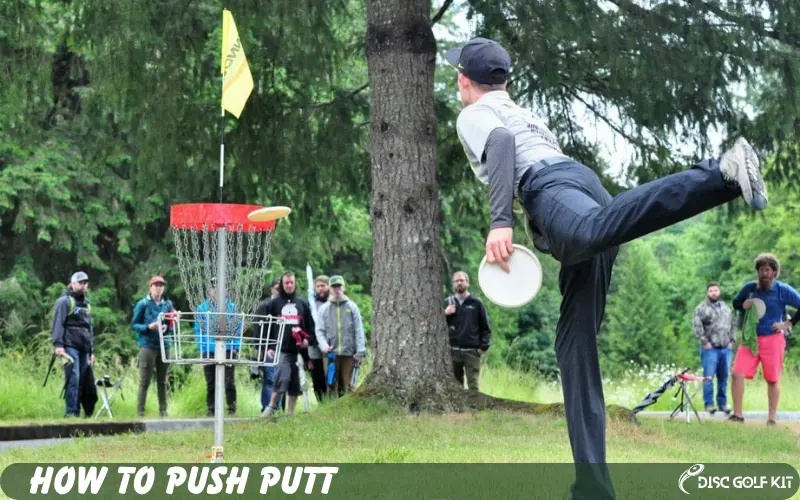
Your starting position looks different this time; your arm forms a straight line with the disc, aimed directly at the basket. Your knees bend slightly more than before, ready to assist in the pushing motion. You feel your body weight shift from the back foot to the front as you initiate the putt, almost like a gentle rocking motion. With a forward thrust of your arm and a subtle flick of the wrist, the disc leaves your hand. You watch as it obediently follows the straight line you envisioned, dropping neatly into the basket. You’ve just nailed a push putt.
Common Mistakes
Recognizing and rectifying common mistakes can catapult your skills to the next level. Let’s delve into some of these pitfalls and how to steer clear of them.
Understanding these common mistakes gives you the troubleshooting tools to diagnose and correct issues in real-time. Overthinking, incorrect grip, and timing issues may be inevitable hurdles, but they’re also opportunities. Each mistake teaches you something new, adds a layer of resilience to your skill set, and brings you one step closer to mastering the art of how to putt in Disc Golf.
Why Putting Matters
Putting is a crucial aspect of disc golf and can significantly impact a player’s overall performance. Here’s why putting matters so much in disc golf:
Basic Types of Putts in Disc Golf
Following are some basic types of putts in disc Golf
Spin Putt: When Distance and Wind Call the Shots
You’re facing a long-distance putt, and the wind is gusty. A standard throw might not cut it. This is when you opt for the spin putt. You align your body, grip the disc just so, and release it with a firm flick of your wrist in one smooth motion. The spinning disc cuts through the wind, and you watch as it sails into the basket. The spin putt is all about harnessing the power of rotation to maintain speed and direction, even under less-than-ideal conditions. It’s your go-to for long-distance and windy situations.
Push Putt: Accuracy Over Flash
Picture a different scenario: You’re relatively close to the basket, with no wind or obstacles. In this case, a spin putt might be overkill. You switch gears and prepare for a push putt. With your weight balanced and focusing on a straight line from your hand to the basket, you push the disc forward using power from your legs and core. The disc travels in a straight, accurate line and drops neatly into the basket—no frills, no drama—just a point on the board. The push putt is all about precision and control.
Turbo Putt: Over and Beyond Obstacles
Picture a large bush or low-hanging branch standing between you and a successful putt. A standard throwing style won’t work here; you need something to overcome the obstacle. Enter the turbo putt. You grip the disc differently, almost like a waiter holding a tray. Then, you loft the disc over the block with a flick of the wrist and a guiding hand. It’s not the most common technique, but it can be a game-saver in situations where you have to clear something.
Straddle Putt: When You Need Flexibility and Stability
Imagine your disc has landed in a spot crowded with trees or next to an out-of-bounds line. You can’t stand directly behind the disc as you usually would. This calls for a straddle putt. You spread your legs wide, aligning them with the basket, and execute a putt that’s more about balance and aim than power or spin. It may look unconventional, but the straddle putt can be your best friend when you’re in a tight spot.
Whether it’s a spin, push, turbo, or straddle putt, mastering each technique gives you more tools to tackle any situation. As we continue through this guide, you’ll learn more about executing these putts with precision and confidence.
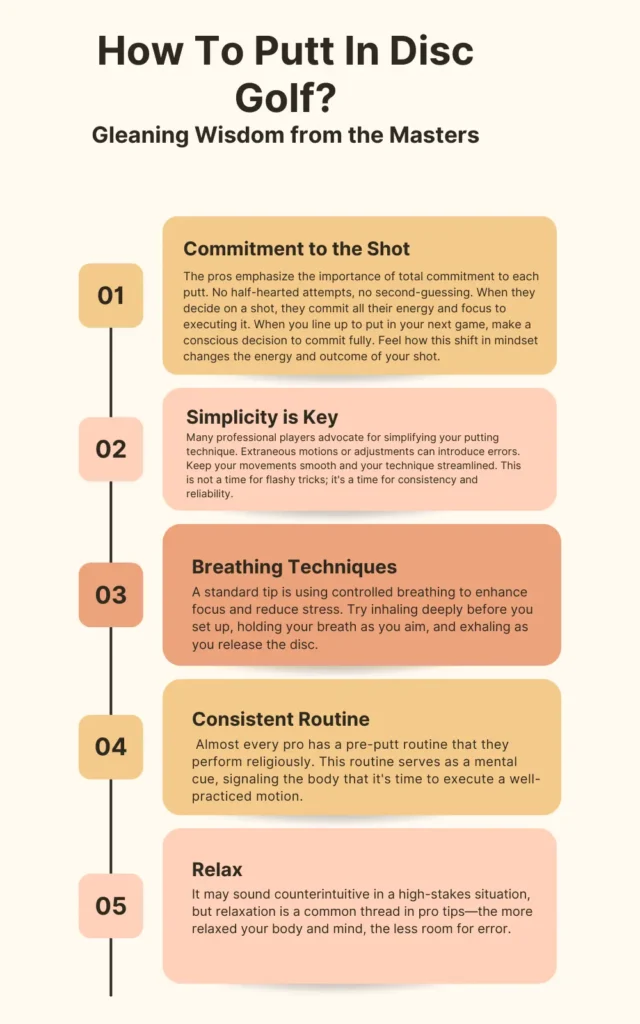
Conclusion
In short, how to putt in Disc Golf isn’t just about that final shot; it’s a psychological lever, a decisive force that separates casual players from serious competitors. It’s the art of turning missed opportunities into celebratory moments, of converting pressure into poise. As you’ve walked through the essentials of grip, stance, technique, and even the mental game, you’ve come to recognize the irrefutable truth.
So what are you waiting for? It’s time to make the art of putting in disc golf second nature. With determination, practice, and the right mindset, the basket is not just your target—it’s your destiny. Thank you for allowing us to guide you on this journey. Now, go out there and make those putts count. Your road to mastery has just begun.
FAQs

Written by
Declan Hodgson
Meet Declan Hodgson, your disc golf sherpa at DiscGolfKit.com. Navigating the twists and turns of the sport, I’m here to guide you through the world of discs, gear, and the pursuit of that perfect throw.
